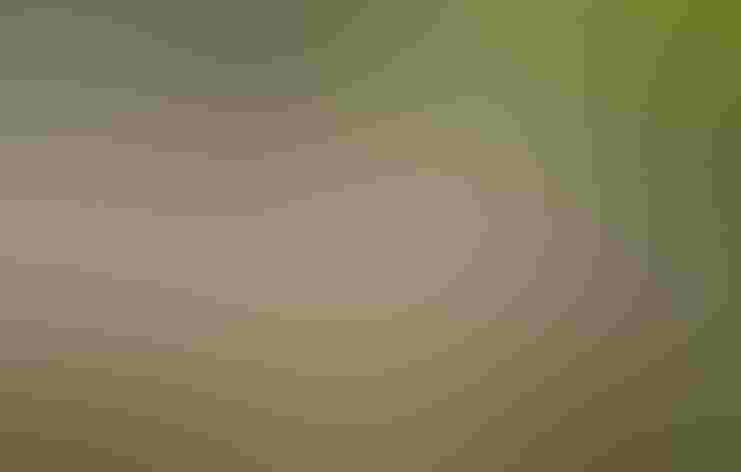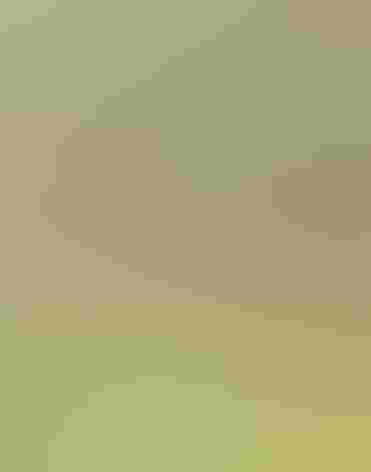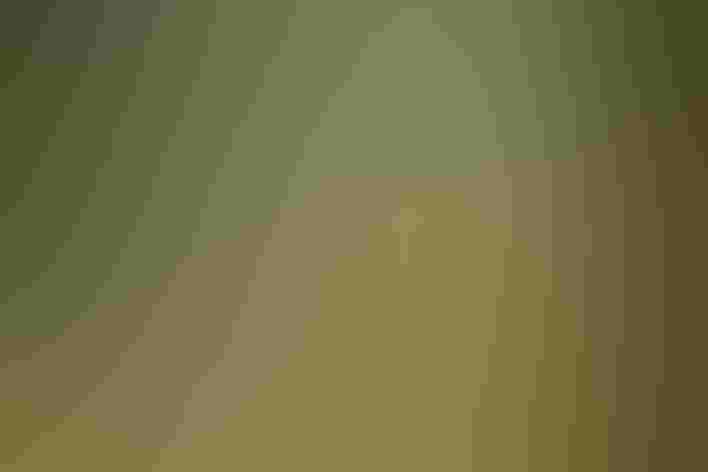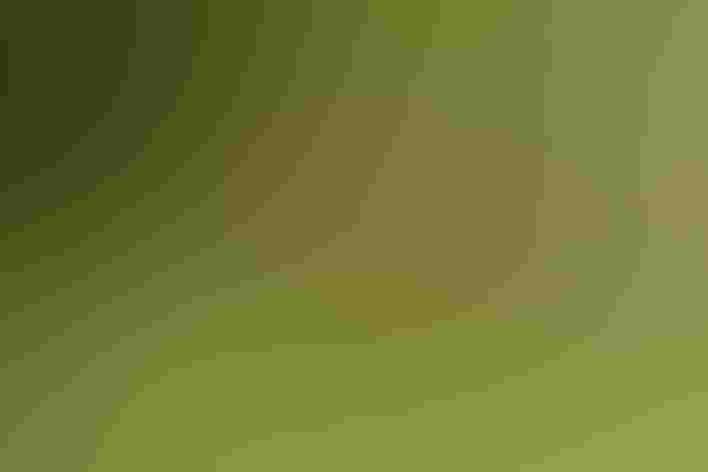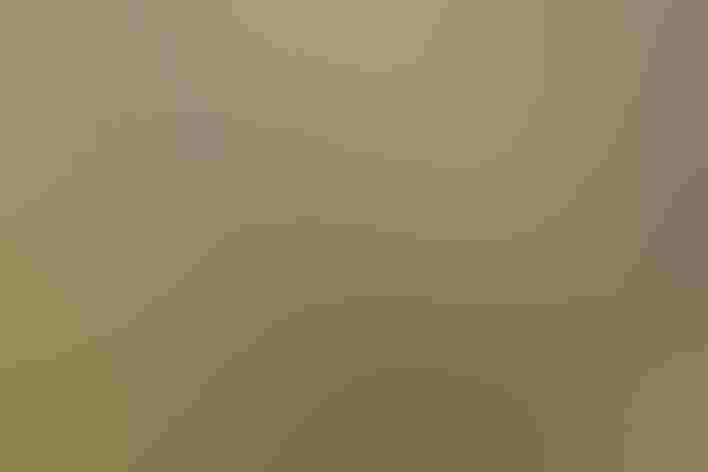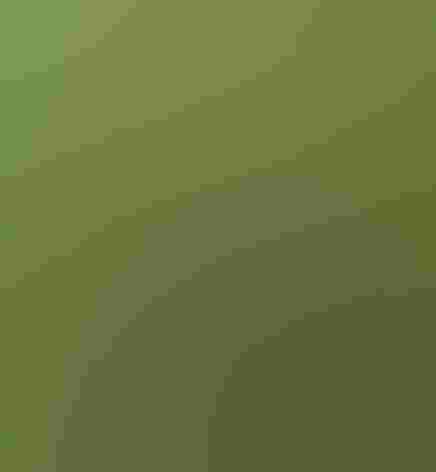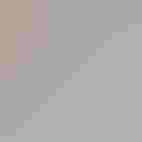Cedar Waxwing
At a Glance
With thin, lisping cries, flocks of Cedar Waxwings descend on berry-laden trees and hedges, to flutter among the branches as they feast. These birds are sociable at all seasons, and it is rare to see just one waxwing. Occasionally a line of waxwings perched on a branch will pass a berry back and forth, from bill to bill, until one of them swallows it. This species has a more southerly range than the Bohemian Waxwing, and is a familiar visitor to most parts of this continent south of the Arctic.
All bird guide text and rangemaps adapted from Lives of North American Birds by Kenn Kaufman© 1996, used by permission of Houghton Mifflin Harcourt Publishing Company. All rights reserved.
Category
Perching Birds, Waxwings
IUCN Status
Least Concern
Habitat
Arroyos and Canyons, Coasts and Shorelines, Forests and Woodlands, Freshwater Wetlands, Lakes, Ponds, and Rivers, Shrublands, Savannas, and Thickets, Urban and Suburban Habitats
Region
Alaska and The North, California, Eastern Canada, Florida, Great Lakes, Mid Atlantic, New England, Northwest, Plains, Rocky Mountains, Southeast, Southwest, Texas, Western Canada
Behavior
Direct Flight, Flap/Glide
Population
64.000.000
Range & Identification
Migration & Range Maps
Nomadic, moving about irregularly; both breeding and wintering areas may change from year to year, depending on food supplies. Some may linger south of breeding range into late spring or early summer.
Description
6 1/2-8" (17-20 cm). Yellow band on tail tip, narrow dark mask and throat, yellow belly, short crest. In far north or in winter, compare to Bohemian Waxwing. Juvenile has blurry streaks on plumage but shows diagnostic yellow tail band.
Size
About the size of a Robin, About the size of a Sparrow
Color
Black, Brown, Gray, Red, Tan, White, Yellow
Wing Shape
Pointed
Tail Shape
Rounded, Short, Square-tipped
Songs and Calls
A thin lisp, tseee.
Call Pattern
Falling, Flat
Call Type
Buzz, Hi, Trill, Whistle
Habitat
Open woodlands, fruiting trees, orchards; in winter, widespread, including towns. Breeding habitat is influenced by availability of fruiting trees and shrubs, often most common in "edge" situations, as along forest edges, streamsides, overgrown fields, edges of swamps, suburban yards. In winter, may be in any wooded or semi-open area where berries are abundant.
Sign up for Audubon's newsletter to learn more about birds like the Cedar Waxwing
Behavior
Eggs
3-5, rarely 2-6. Pale gray to bluish gray, finely spotted with brown and black. Incubation is probably by female only, averaging about 12-13 days.
Young
Both parents feed nestlings. Young leave the nest about 14-18 days after hatching. 2 broods per year.
Feeding Behavior
Except when nesting, almost always forages in flocks. May hover briefly while plucking berries or taking insects from foliage. Often flies out to catch insects in mid-air.
Diet
Mostly berries and insects. Majority of annual diet is berries and small fruits; feeds on very wide variety of berries, with some important sources including juniper, dogwood, and wild cherries. Also eats some flowers and will drink oozing sap. Eats many insects in summer, including beetles, caterpillars, ants. Young nestlings are fed mostly insects at first, then more berries after a few days.
Nesting
In many areas, nesting is late, not beginning until mid-summer. Only a small area is defended as territory, so birds may nest near others in small colonies. In courtship, two birds may perch close together, posturing, touching bills, and passing food items back and forth. Nest: Placed in tree, on horizontal limb or in fork, usually 6-20' above the ground but can be lower or much higher (up to 50'). Nest (built by both sexes) is a rather loosely built open cup of grass, weeds, twigs, plant fibers, lined with finer materials such as moss, rootlets, fine grass, hair.
Conservation
Conservation Status
Local numbers vary widely, but overall population apparently is holding up well or even increasing.
Climate Threats Facing the Cedar Waxwing
Choose a temperature scenario below to see which threats will affect this species as warming increases. The same climate change-driven threats that put birds at risk will affect other wildlife and people, too.

